San Diego Sportfishing History Tuna, Yellowtail, and More
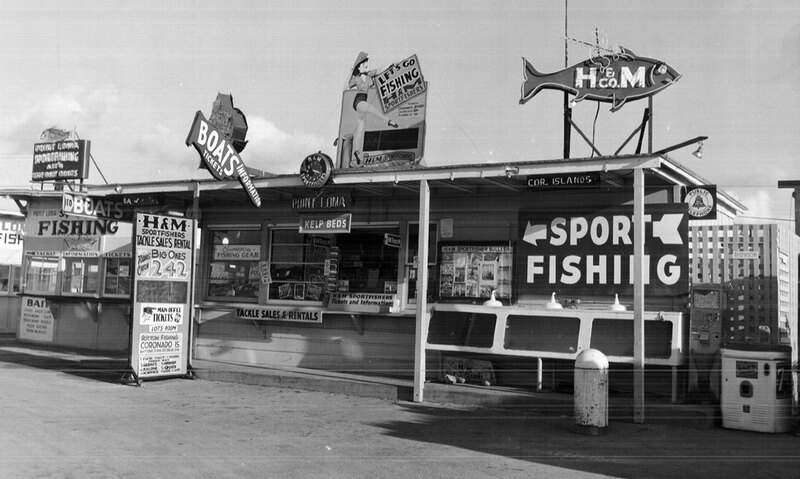
San Diego was once known as the Tuna Capital of the World.
At its peak in the early 1970s, the harbor was packed with gargantuan tuna boats, some with helicopters on the top deck for spotting fish. Every major cannery, including Bumble Bee, was based here. The industry employed over 4,000 people, the city’s third-largest employer behind the Navy and aerospace.
The history of sportfishing in Southern California traces back even further to Catalina Island and Dr. Charles Fredrick Holder, with his catch of a “leaping tuna” on Catalina Island on June 1, 1898. This was the first tuna in recorded history ever caught on rod and reel. The catch inspired Holder to start the Tuna Club, which is the oldest fishing club in the U.S.
Soon, tuna fishing was a huge industry and boomed from 1903 into the 1970's. The introduction of the power boat for commercial and sportfishing in the early 1900's spurred the post WWII sportfishing and long-range fishing excustions which are popular today.
In the late 1960's H&M Landing and Sportfishing the world’s largest sportfishing fleet which then led to the 1970's where the long-range sportfishing fleet of San Diego pushed into the waters off Mexico’s Revillagigedo Island with cooperation and agrements with variious agencies in Mexico and the United States.
Leaping Tuna caught on Catalina Island on June 1, 1898 launches sportfishing in San Diego
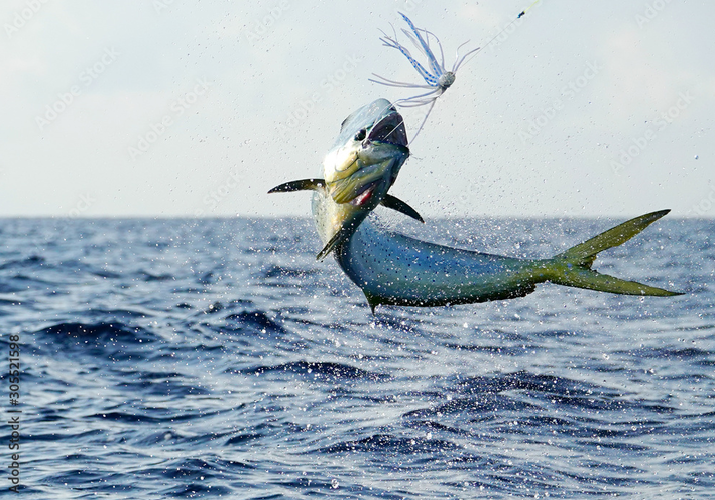
Dr. Charles Fredrick Holder catches the first tuna in recorded history on rod and reel.
The catch inspired Holder to start the Tuna Club, which is the oldest fishing club in the U.S.
Soon fishing clubs and marines up and down the coast begin offering day trips. The dawn of Southern California sportfishing begins.
Word spread and sportfishing landings began to spring up to meet the demand, barges were anchored off the piers and people flocked to the coast to the California coast to fish.
Offshore sportfishing as the world knows it today was born right here in Southern California.
Today, short 1-3 days trips to trips up to to 5 days or 300 miles in distance from San Diego, are popular with anglers of all abilities and ages.
From the catch of Dr Holder to today's offshore experiences, sportfishing in San Diego is still world class.
1900's - the powerboat starts new era of Southern California Sportfishing
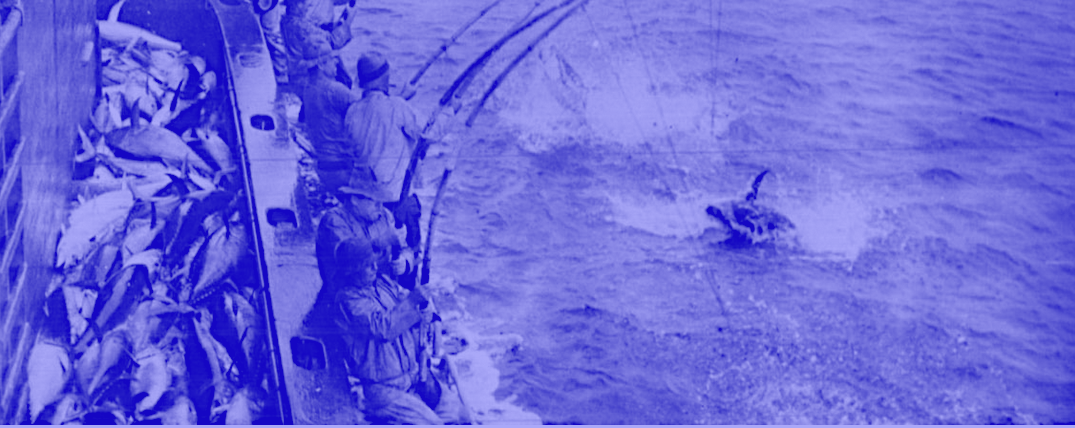
In the early 1900's, a new type of sportfishing boat began to appear on the San Diego waterfront: the powerboat.
Speed boat development began as the first gasoline powered piston engines were developed. As the engine designed improved, lighter and more powerful, hull design changed from narrow round bottomed displacement hulls to hulls with hard chines. Stepped hulls also starting being used and drive systems inclided stern drive, direct drive, vee dribve and others.
These sportfishing boats were faster and had more range than early sportfishing pangas, making them ideal for long range fishing trips.
Powerboats quickly became the preferred choice for anglers seeking to test themselves against the biggest and best fish in the ocean off San Diego.
1900's The Tuna Boom
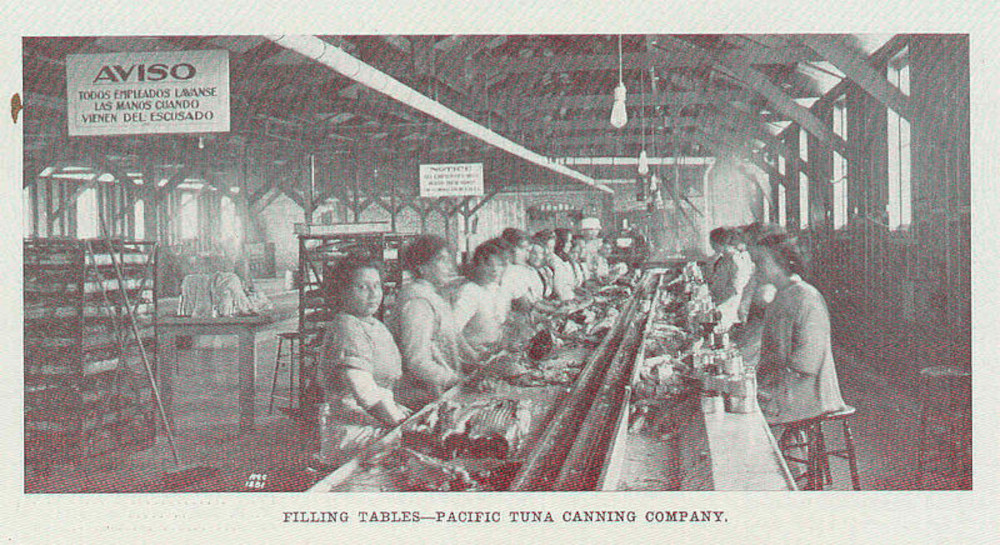
Prior to the 1900’s, tuna in all forms was considered a trash fish by american consumers.
That all changed in 1903 when a San Diego based sardone canner started canning albacore tuna, and the great San Diego commercial tuna fishing boom began lasting until the 1970’s.
Meanwhile in San Diego by 1934 Howard Minor and Ralph Miller Sr. (Barney), two partners in San Diego Based Harbor Water Taxi, took a day off to fish for marlin. The two men got hooked on the sport and thought seriously about founding a sportfishing company.
By 1935 the Mascot II made its maiden voyage from H&M Sport Fishing with 35 anglers who sacked 136 yellowtail at the Coronado Islands. The era of sportfishing in San Diego had begun.
1949 Post War Sportfishing
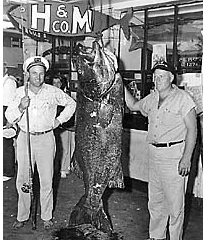
After WWII, San Diego native Otto Kiessig’s company, Sportfishers, merged with the newly created H&M Sport Fishing Company.
Otto had a long range sportfishing operation running to Guadalupe Island with Sportfishers IV and VI.
Long range sportfishing charters in San Diego was tested and pioneered with massive multi species catches.
1960 Our Vessel MV Malihini

Based in San Diego in 1960 the MV Malihini was first sportfisher over 80′ was added to the San Diego based sportfishing fleet.
The first Albacore sportfishing trips were tried at first it was difficult to persuade San Diego sportfishing anglers to go after albacore. Yellowtail were closer and were preferred game fish of the 1960’s.
Malihini specializes in full day fishing local and at the the Coronado Islands for Yellowtail, Bonito, Barracuda, Halibut, Rockfish, White Sea Bass, and Sculpin.
1969 The Largest Sportfishing Fleet in The West

By 1969 H&M Landing and Sportfishing became the world’s largest sportfishing fleet offering single day, multi day, and week long sportfishing adventures to all comers.
Target species from single day to multi-day sportfishing charters in San Diego expand to Rockfish, Sea Bass, California Yellowtail, and California Halibut. Offshore sportfishing vessels catch Yellowtail Tuna, White Seabass, Halibut, Sheephead, Squid, and Lingcod. Closer to shore spotfishing for Corbina, Spotted Bay Bass, Barracuda and Calico Bass become popular.
1970's San Diego Sportfishing
The long-range sportfishing fleet of San Diego pushes into the waters off Mexico’s Revillagigedo Islands.
Since the early 1970’s under agreements with various agencies of the Mexican Government including the Mexican Navy, the National Ecology Institute, and the Department of the Environment, Natural Resources, and Fisheries massive tuna catches are recorded and long range sportfishing in San Diego is refined with purpose built sportfishing ships still in use today.
Sportfishing San Diego Today

San Diego Sportfishing offers exciting and easy to book sportfishing trips from 1 to 5 days or 300 miles in distance from San Diego.
Shorter 1 to 3 day sportfishing trips are booked by anglers who want to just catch fish.
Sportfishing charters from San Diego often push into Mexican waters and Offshore Banks. Certain species of fish like quality sized Tuna species and Yellowtail are often found at these remote, low pressure, solitary fishing spots that may not have been fished for months.
When the Tuna season is ending in San Diego, Mexican waters will still be holding these fish for another 3 months offering extended season sportfishing year round for most anglers looking to sportfish in San Diego.
